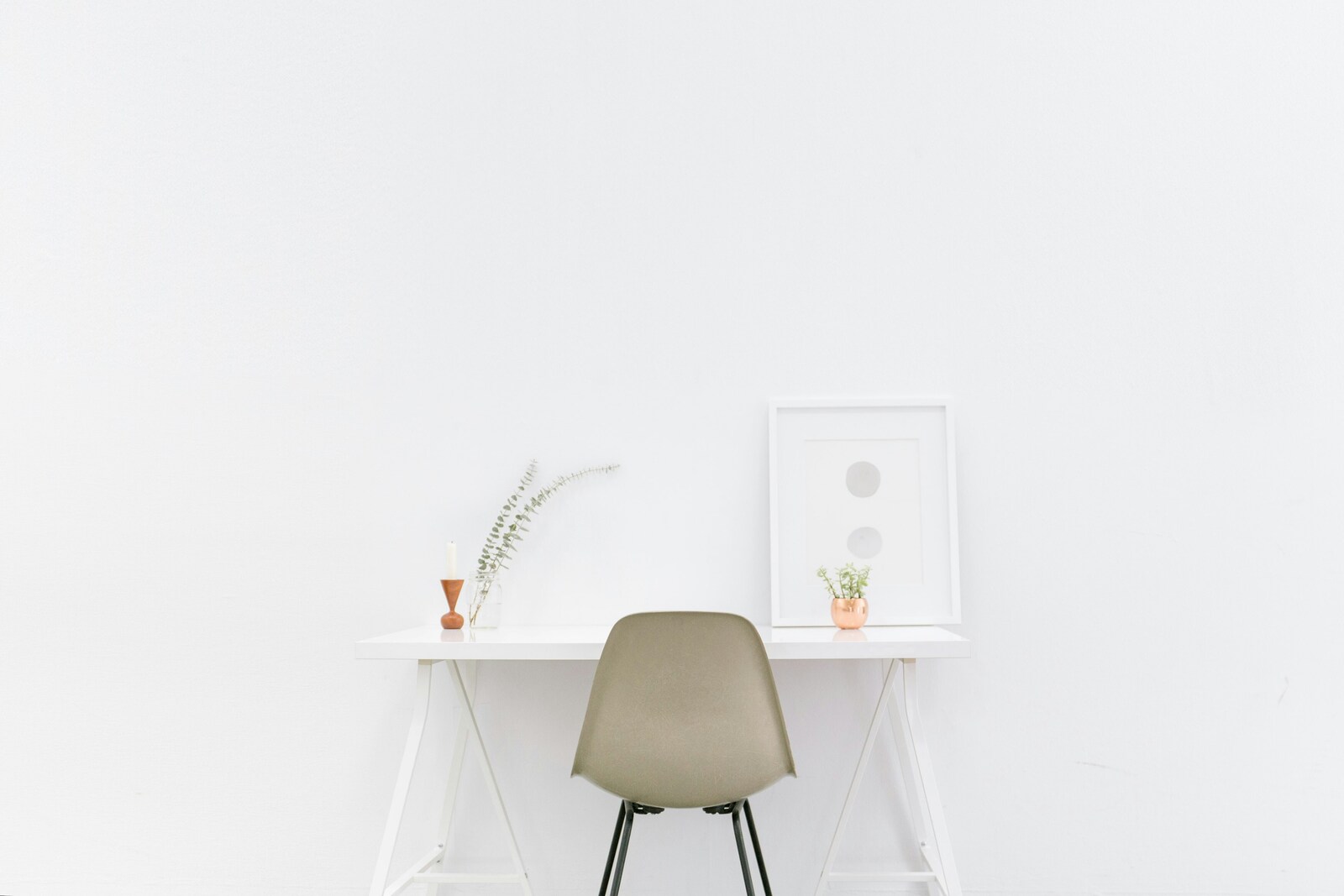How to Declutter and Organize Your Home Room by Room

How to Declutter and Organize Your Home Room-by-Room
A cluttered home doesn't just impact your physical space—it can also weigh on your mental well-being. Whether you're prepping for a seasonal clean, downsizing, or just craving simplicity, tackling clutter room-by-room is the most effective and manageable way to bring calm and clarity back into your space.
This guide walks you through each major area of the home with practical, stress-free steps to help you declutter and organize like a pro.
1. Entryway: Create a Welcoming First Impression
Your entryway sets the tone for your home—and it's often a magnet for shoes, bags, and mail.
- Install hooks for jackets and keys
- Add a tray or basket for mail and sunglasses
- Use a bench with storage to hide shoes and bags
Quick Declutter Tip: Recycle or shred mail daily instead of letting it pile up.
2. Living Room: Tame the Chaos
The living room is where we relax, entertain, and (let's be honest) leave a lot of stuff lying around.
- Remove anything that doesn't belong—cups, toys, unopened mail
- Invest in furniture with built-in storage (like ottomans or coffee tables)
- Corral remote controls, chargers, and books in decorative trays or baskets
Decluttering isn't about removing personality—it's about removing the noise so your personality shines.
3. Kitchen: Clear Counters and Cabinets
A cluttered kitchen makes cooking more stressful. Streamline your space by focusing on function.
- Declutter one drawer or cabinet at a time
- Toss expired food and donate unused gadgets
- Use drawer organizers and shelf risers to maximize storage
- Keep countertops as clear as possible—store appliances you don't use daily
Golden Rule: If you haven't used it in 6 months, it's time to let it go.
4. Bedroom: Turn Chaos into Calm
Your bedroom should be a sanctuary, not a storage room.
- Clear nightstands of excess books, electronics, and clutter
- Donate clothes you haven't worn in over a year
- Use under-bed storage bins for off-season clothes or shoes
- Keep surfaces simple: a lamp, a book, and a plant go a long way
Make the bed every morning—it's a small habit with big visual impact.
5. Bathroom: Simplify and Streamline
A clutter-free bathroom makes your morning routine feel like a spa experience.
- Toss old makeup, expired products, and anything unused
- Use drawer organizers for cosmetics and grooming tools
- Hang baskets or shelves for extra towels and supplies
- Use clear bins to group items under the sink
Label your bins so it's easy to keep the order going over time.
6. Closets: Curate, Don't Just Store
Closets aren't catch-alls. Use them intentionally to keep only what serves you.
- Take everything out before organizing—yes, everything!
- Donate or sell what no longer fits your lifestyle
- Use uniform hangers for a clean look
- Store small items in labeled baskets or bins
Seasonal clothing swaps are a great way to stay on top of closet clutter.
7. Home Office: Cut Distractions
With more people working from home, it's essential to keep your workspace distraction-free.
- Shred old paperwork and digitize what you can
- Use vertical file organizers for active documents
- Keep only daily-use items on your desk surface
- Add a small plant or piece of art for calm and inspiration
Final Thoughts
Decluttering and organizing your home doesn't have to be overwhelming. By breaking it down room-by-room, you can tackle one space at a time and build momentum as you go. The goal isn't perfection—it's peace, clarity, and a space that truly supports the life you want to live.
So roll up your sleeves, turn on your favorite playlist, and enjoy the satisfying process of reclaiming your space—one room at a time.
Disclaimer:
The information provided in this article is for informational and educational purposes only and does not constitute professional gardening, home improvement, or landscaping advice. The content is based on sources believed to be reliable, but the author and publisher make no representations or warranties as to its accuracy, completeness, or timeliness.
The author is not a licensed professional contractor, landscaper, or horticulturist. You should consult with qualified professionals (such as a certified landscaper, professional contractor, or master gardener) who can assess your individual situation before undertaking any significant home or garden projects.
Home and garden improvements involve inherent risks, including potential damage to property, plants, or personal injury. Results may vary based on your specific conditions, climate, and execution. Any examples or discussions of specific techniques, products, or strategies are for illustrative purposes only and are not endorsements or recommendations.
Local regulations, climate conditions, and best practices change frequently, and the information in this article may become outdated. We are not obligated to update any information herein. Your specific situation is unique, and any decisions you make should be based on your own research, due diligence, and consultation with professionals. Reliance on any information provided in this article is solely at your own risk.
Stay Ahead with Our Newsletter
Get exclusive home and garden tips, seasonal advice, and DIY project ideas delivered directly to your inbox.